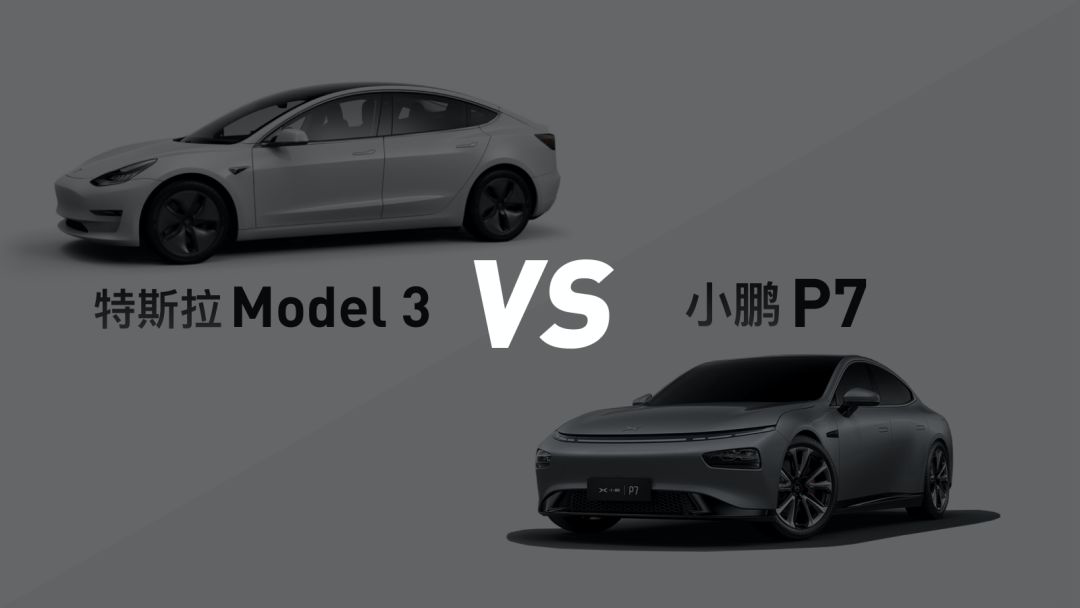On March 7th, the Ministry of Industry and Information Technology (MIIT) released a new Energy-Saving and New Energy Vehicle Recommendation Catalog (hereinafter referred to as the “Catalog”), which includes two highly anticipated models: the XPeng P7 and the domestically-produced extended-range Model 3.
XPeng P7 NEDC Range 706 km
Let’s first take a look at the XPeng P7.
According to the data disclosed by MIIT, the XPeng P7’s range in the standard driving cycle has surpassed the 700 km mark, reaching 706 km, making it the longest-range pure electric vehicle among current domestic models.
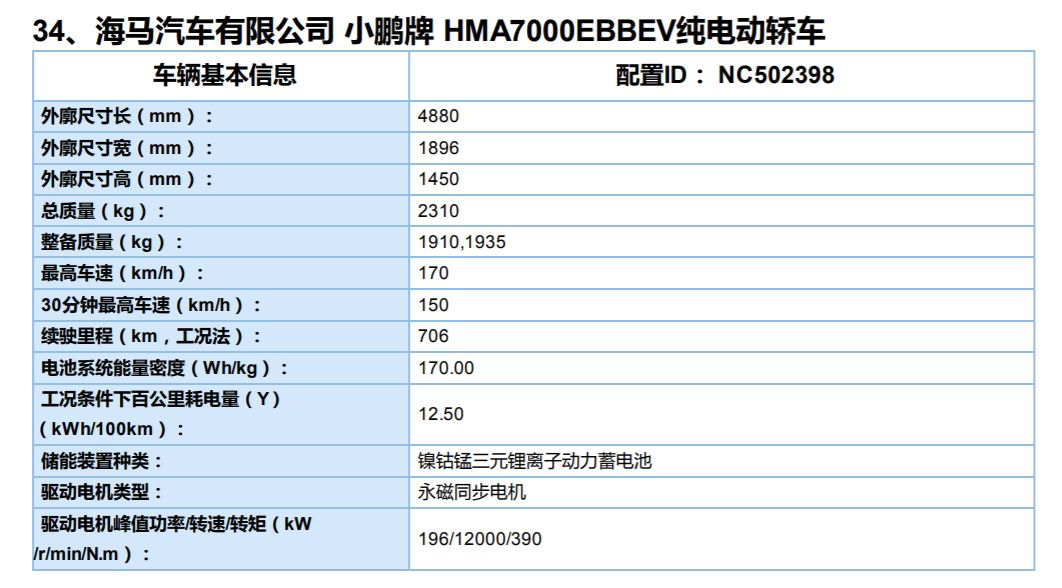
During this year’s “Electric Vehicle Hundred People Conference”, XPeng Motors founder He XPeng revealed to the public that the P7 model had achieved a comprehensive range of 700 km in internal testing, with electricity consumption per 100 km being lower than 13 kWh.
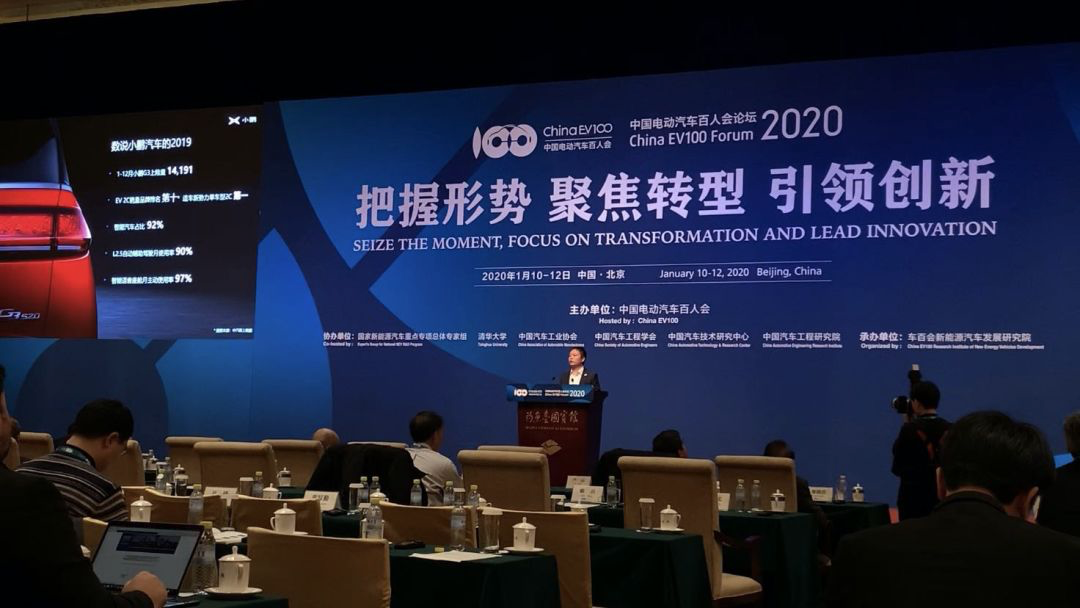
When I heard He XPeng utter these two pieces of data, my first reaction was shock, followed by a hint of doubt. At the end of December 2019, XPeng Motors had already disclosed the P7’s battery specs, with the NEDC range of the “rear-wheel-drive extended-range” model being 650 km, and I had assumed that the 700 km He XPeng mentioned at the conference was just a vague overstatement of 650 km.
However, according to the data released by MIIT, my assumption was wrong: the XPeng P7 has indeed surpassed the 700 km mark in NEDC range.
XPeng Motors has not yet disclosed the technical details of the P7, so let’s first take a look at the known basic parameters:
-
Length, Width, Height: 488018961450 mm
-
Wheelbase: 2998 mm
-
Coefficient of aerodynamic drag: 0.236 Cd
-
Battery capacity of the rear-wheel-drive extended-range model: 80.87 kWh
-
Energy density of the battery of the rear-wheel-drive extended-range model: 170 Wh/kg
-
Curb weight of the rear-wheel-drive extended-range model: 1910/1935 kgFrom the data of 170 Wh/kg, it can be seen that XPeng P7 uses Ningde Times’ 811 ternary lithium battery with a capacity of 80.87 kWh. It is not difficult to fit a battery of this capacity into the Xpeng P7’s 2998 mm wheelbase. Here are two reference comparison data: the first is the NIO ES6 with a wheelbase of 2990 mm, which can accommodate an 84 kWh battery; the second is the Long Range version of the Model 3 with a wheelbase of 2870 mm, which can accommodate an 81 kWh battery.
What surprises me is that, with a single 80.87 kWh battery, XPeng P7 has achieved a range of 706 km and still performs well, even though it has a disadvantage in kerb weight.
The rear-wheel-drive model is equipped with a permanent magnet synchronous motor with a peak power of 196 kW, with a 0-100 km/h acceleration time of 6.7 seconds. The motor power of the rear-wheel-drive Model 3 in the same category is 202 kW, with a 0-100 km/h acceleration time of 5.6 seconds.
In most Chinese domestic pure electric vehicles, long-range performance often means only a small-power motor and unimpressive acceleration. However, XPeng P7’s rear-wheel-drive model has a relatively higher motor output power and can achieve a 0-100 km/h acceleration time of 6 seconds, which is hindered mainly by its heavy weight.
There are two offical data given for the kerb weight of the rear-wheel-drive extended-range P7: one is 1910 kg, and the other is 1935 kg, with a small gap between them. However, compared with the Model 3, which has a battery capacity almost as large and a shorter range, the P7 is 190 kg heavier.
Although the acceleration test result is not as good as that of the rear-wheel-drive Model 3, the XPeng P7 has a 38 km advantage in range over the Model 3.
Considering all these informations, XPeng P7 achieves lower energy consumption and longer range than the Model 3 in some aspects, which makes me look forward to the technology and actual performance behind XPeng P7’s 706 km range capability.Let’s take a look at the prices. XPeng Motors’ official pre-sale prices range from ¥240,000 to ¥370,000, which is twice the price of XPeng G3. For XPeng Motors, it represents a breakthrough.
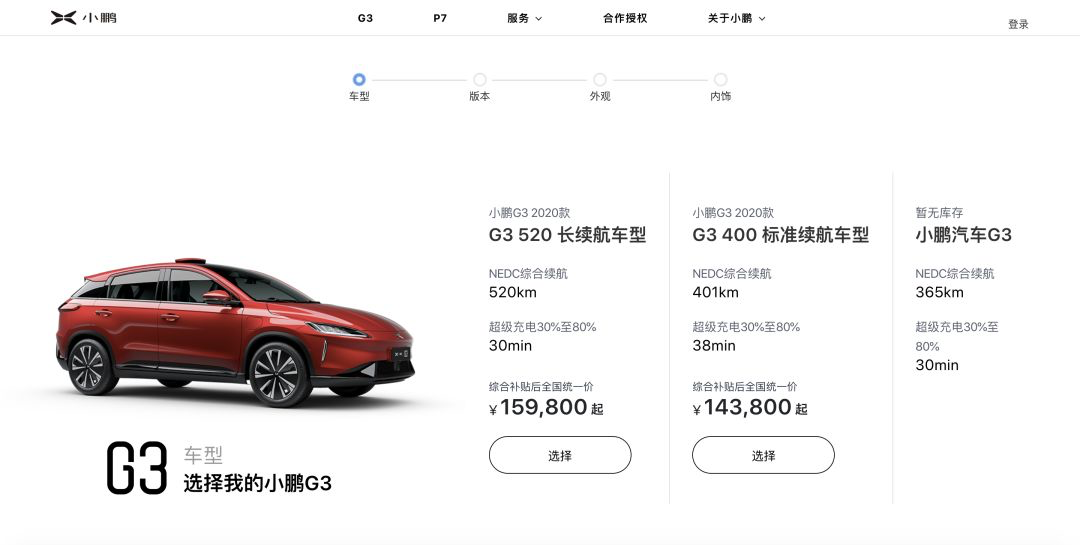
A similar brand case is also found in GAC New Energy.
In September 2019, GAC New Energy officially released the Aion LX and refreshed its position in users’ hearts with 650km NEDC range, 3.9-second acceleration and L3-level assisted driving, and also refreshed the upper limit of GAC New Energy’s price.
Higher configuration and larger batteries correspond to higher prices. This is also the necessary way for domestic pure electric vehicles to become bigger and stronger. However, when it comes to the market positioning of P7, it’s difficult to avoid the upcoming domestically produced long-range Model 3.
Tesla’s domestically produced long-range version of Model 3
The domestically produced long-range version of Model 3 is included in the same batch of “catalogs” submitted to the MIIT as XPeng P7.
During the initial phase of the construction of Tesla’s Shanghai factory, Elon Musk stated on Twitter that the factory would only produce the standard range upgrade Model 3.
After learning about Tesla’s production capacity targets at the Shanghai factory, we believed that Tesla would produce a domestically produced long-range version of Model 3. However, the expected time was after digesting the demand for the standard range version, which is in the latter half of 2020.
Clearly, Tesla’s progress in the Shanghai factory is faster than we imagined.
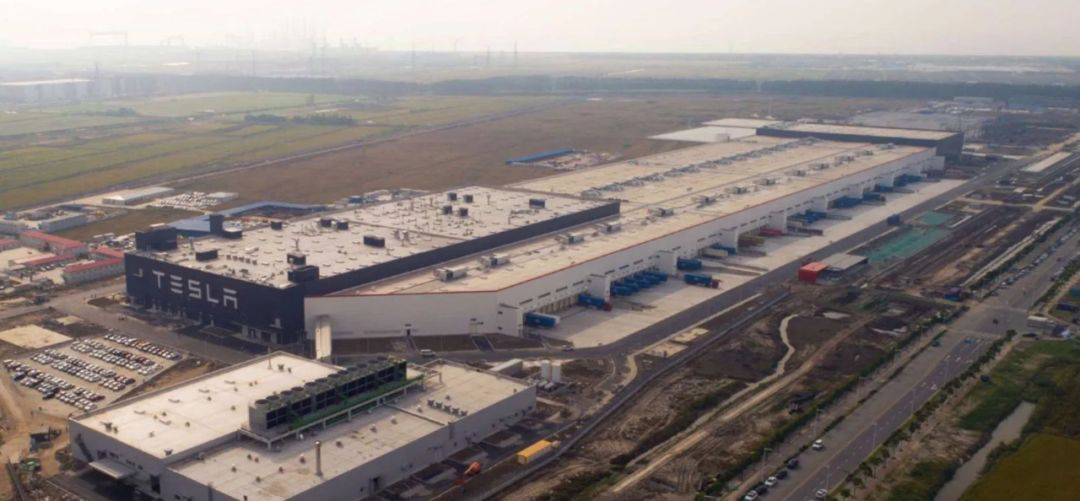
The domestically produced long-range upgrade version of Model 3 uses 2170 cells provided by South Korea’s LG Chemical. The range test under the working conditions by MIIT is 668km, which is longer than the imported version of 664km and has not been downsized in any way.
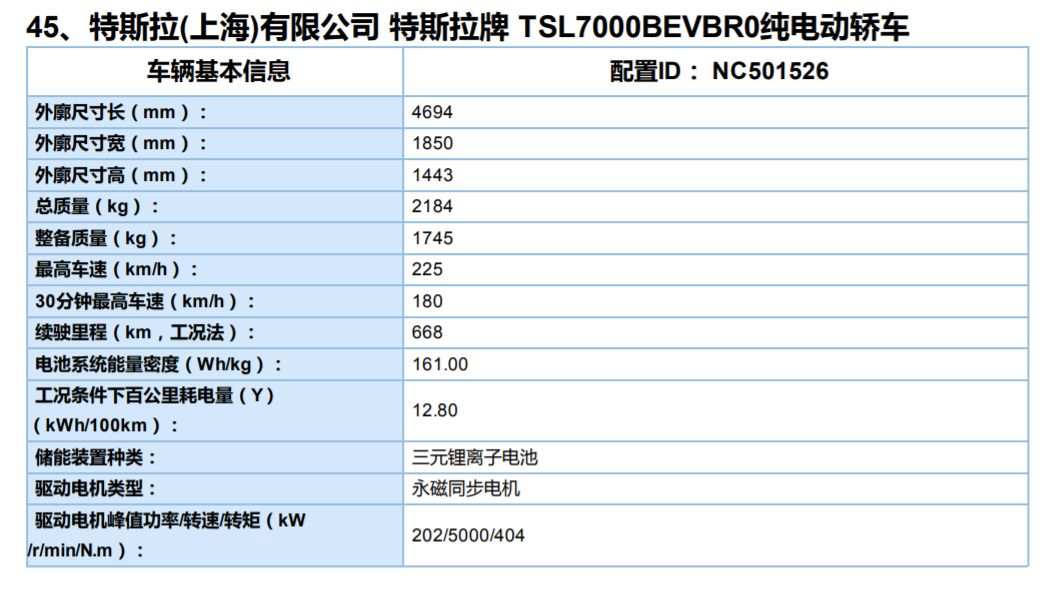
In the comments section of our Weibo poll on pricing, apart from a wave of gossipers shouting “wait-and-see,” everyone hopes that the price of the domestically produced long-range RWD Model 3 will be between ¥339,900 and ¥368,000.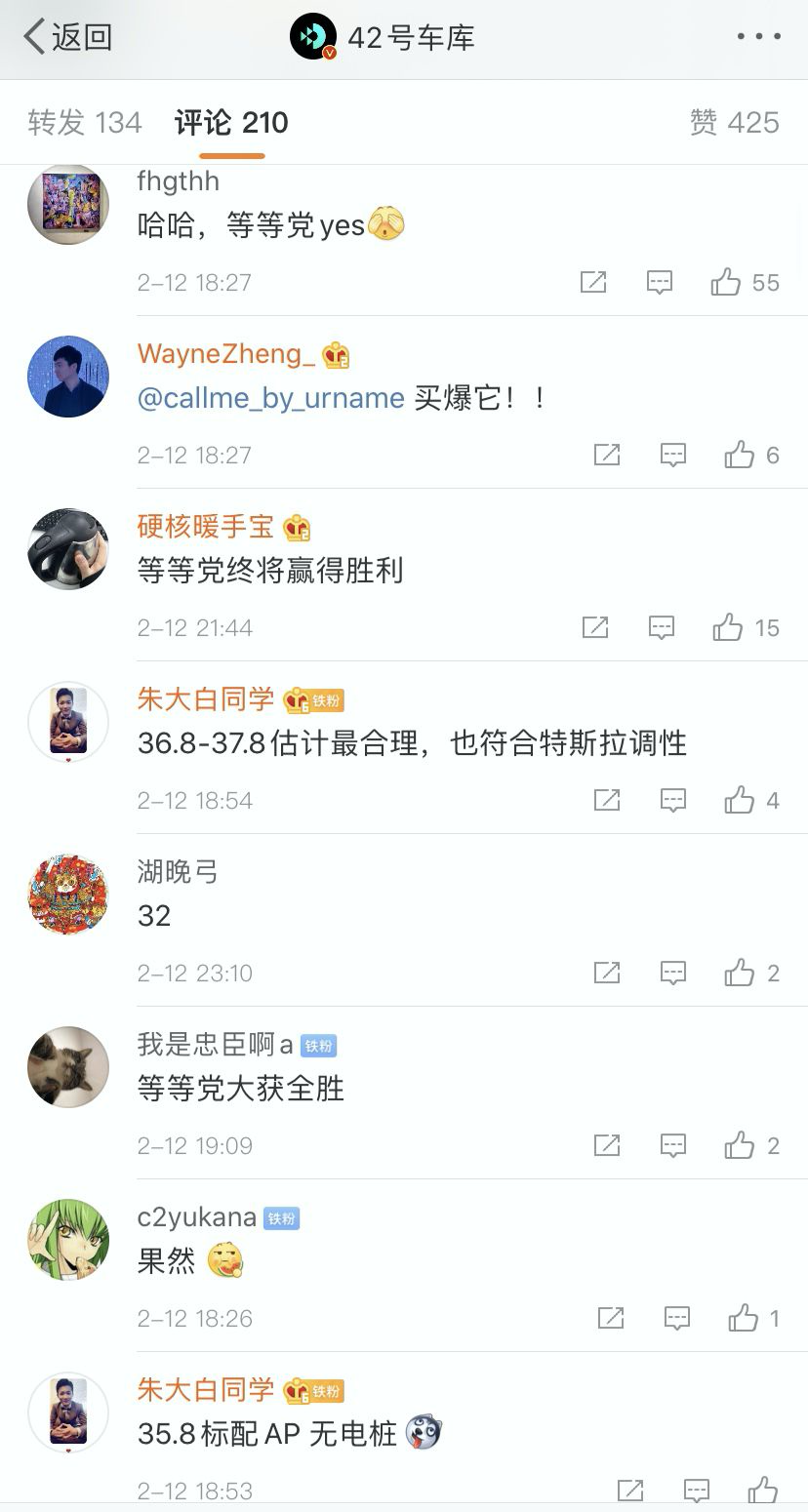
This means that the price range of XPeng P7 overlaps significantly with that of the domestically-manufactured long-endurance Model 3. Judging from the technology information that XPeng P7 has been exposed to thus far, the product strength is not weak.However, it is unfortunate that it runs into the Model 3 of the same model positioning in the same price range.
When confronted with an interview from “Automotive Business Review”, XPeng He said, “I focus on two things: the first is globalization, and the second is differentiation. In the later stage of China’s automobile industry, if we cannot upgrade our brand, there will be no profit, no profit means no research and development, and no research and development means no differentiation. Therefore, the more you focus on cost performance, the less differentiation you will have. If you don’t have differentiation, how can you achieve real strength?”
Clearly, XPeng P7 is a model of XPeng’s brand that is moving upward. At least from all aspects, P7 can prove that it is a model that XPeng has put a great deal of effort into. However, the timing was unfortunate, as it coincided with the production of the domestically-manufactured Model 3.
Currently, compared with other domestic brands, XPeng P7 has differentiated itself in its three-electric system and advanced driving assistance systems. However, compared with Tesla, it has not demonstrated enough differentiation in these two core capabilities, and the price is also relatively high.
As for how XPeng will perform in terms of interior atmosphere, workmanship, and other areas where it is inferior to Tesla, we will bring you an on-site report after the official launch of the car in April.
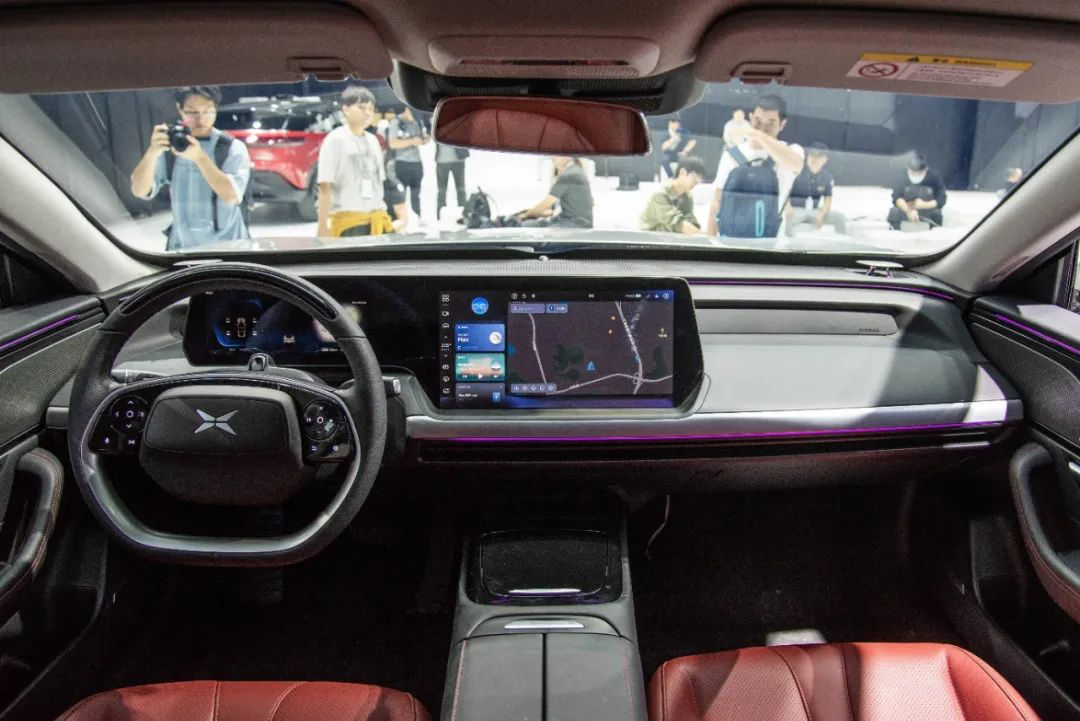
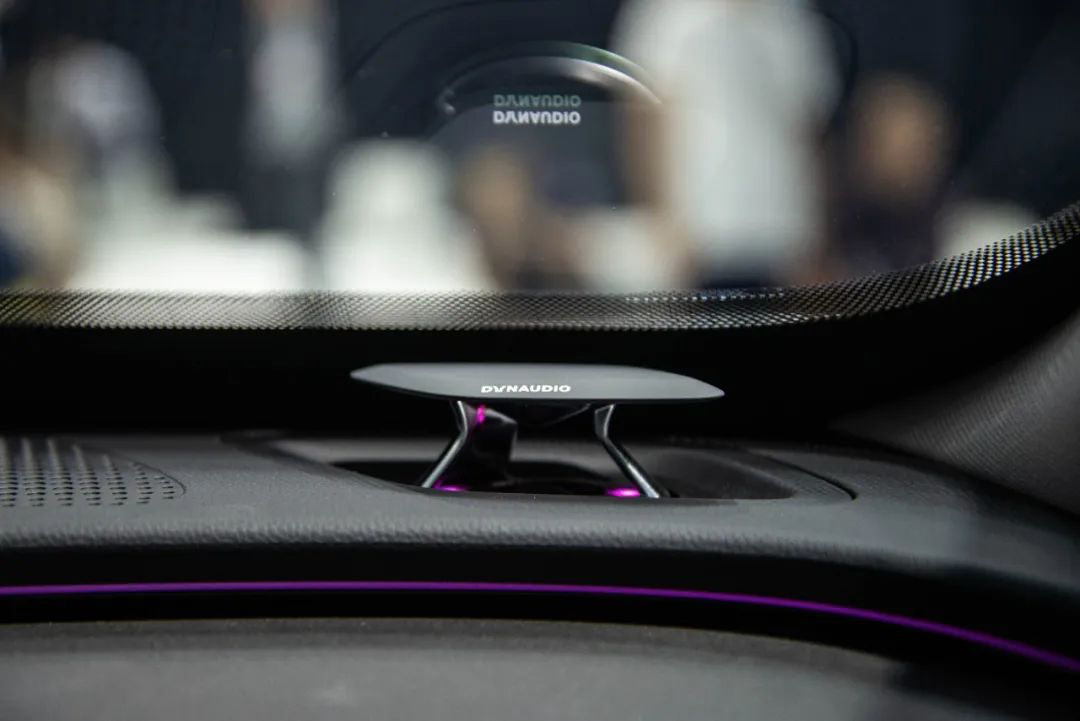
As for whether consumers will pay for the differentiation of XPeng P7, we will wait for the market to provide answers.
What is most interesting is that XPeng P7 is expected to be officially released in April of this year, and deliveries will begin in June, which is also the time when the domestically-manufactured long-endurance Model 3 with rear-wheel drive will be taken offline.
Apart from being relative to each other, there is nothing else left!
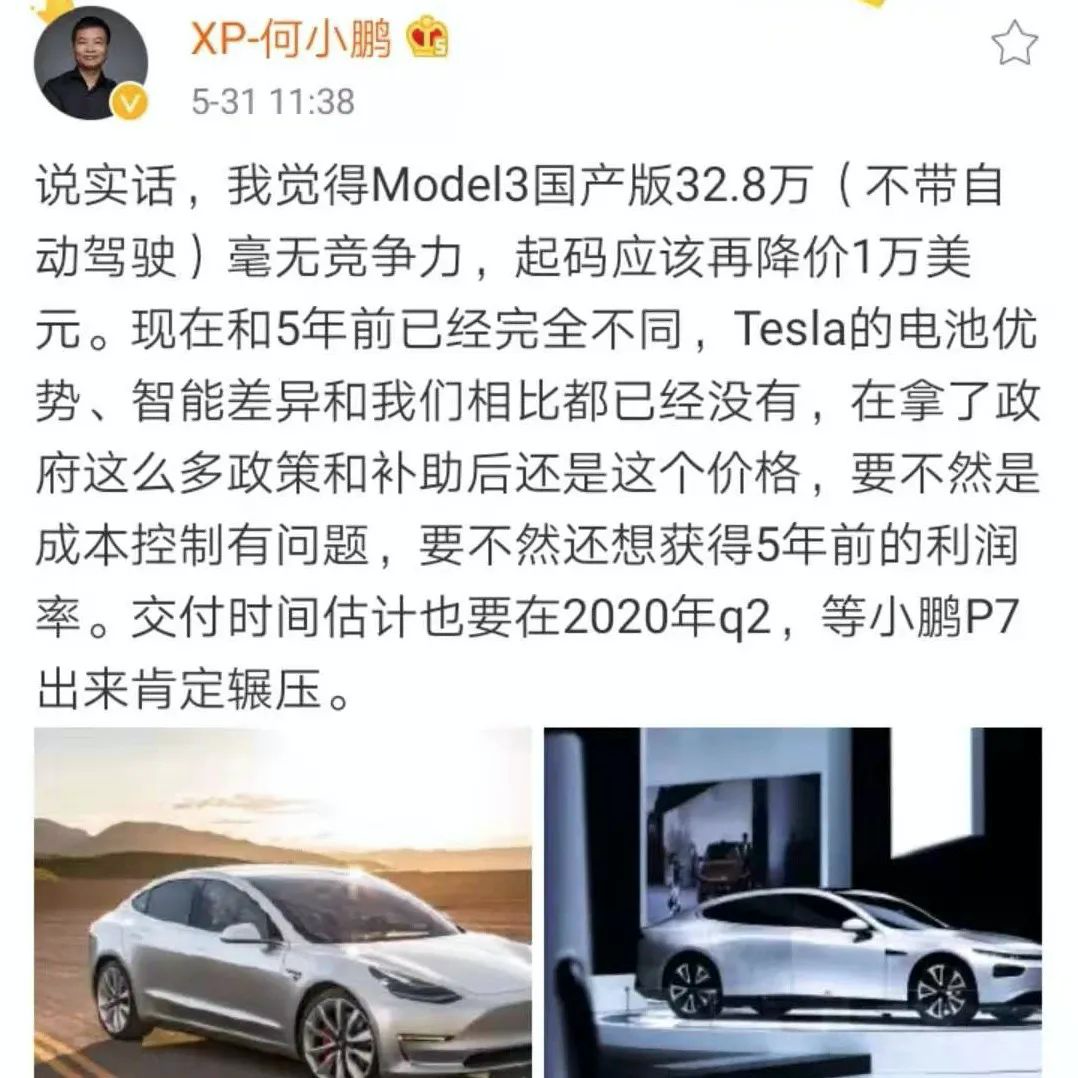
This article is a translation by ChatGPT of a Chinese report from 42HOW. If you have any questions about it, please email bd@42how.com.
